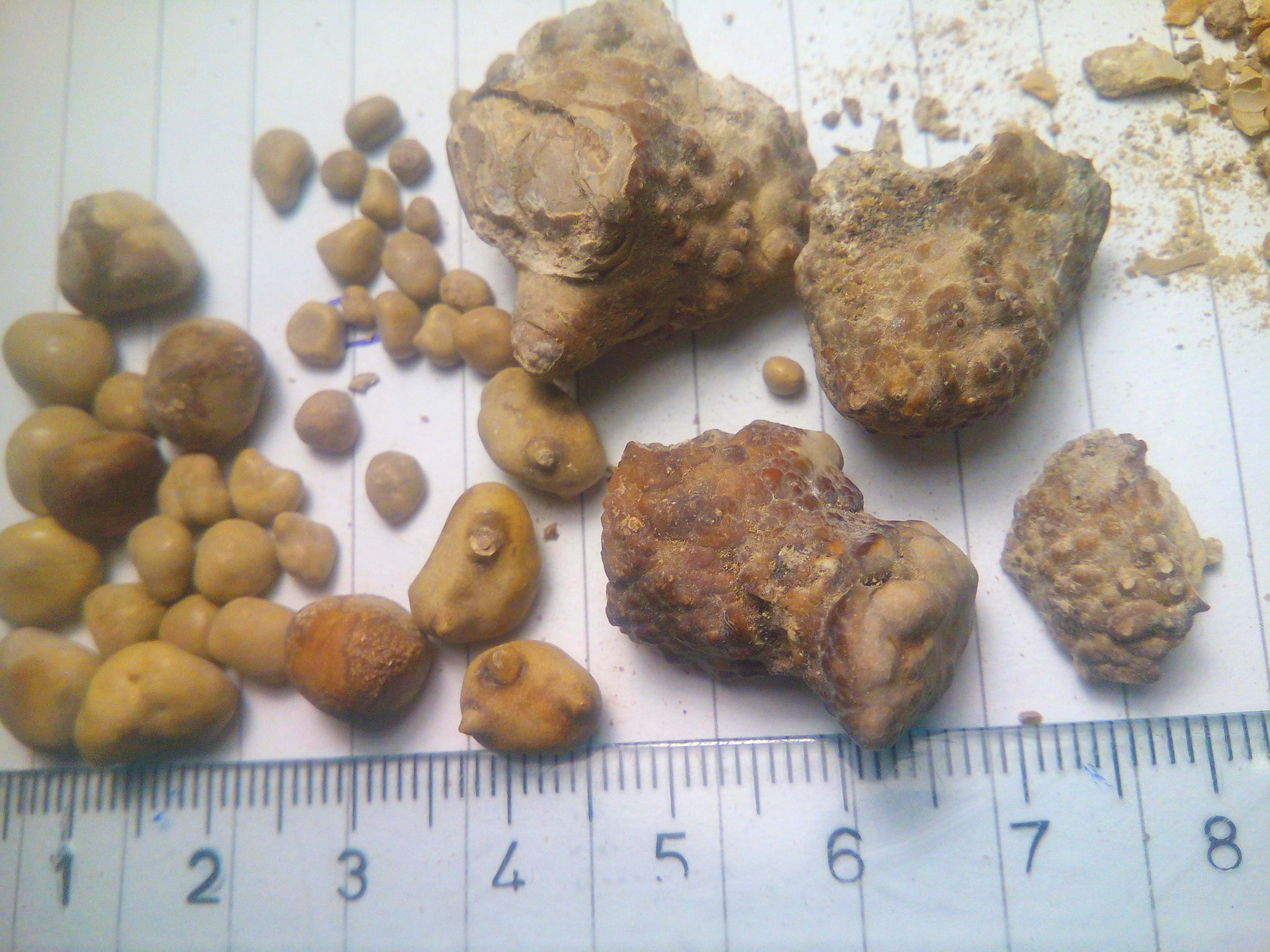Journal Club Summary
Methodology: 4/5
Usefulness: 2.5/5
Meltzer AC, et al. JAMA Intern Med. 2018 Aug 1;178(8):1051-1057.
Editorial: Medical Expulsive Therapy for Ureteral Stones – Stone Age Medicine.
Methods: This multi-center RCT of emergency department patients presenting with symptomatic renal colic compared Tamsulosin vs placebo in the rate of stone passage at 28 days based on patient report.
Findings: It showed a very minimal 2.3% absolute risk reduction for the Tamsulosin group that was not statistically significant.
Limitations: Over 70% of stones were 4mm or less so findings may not be generalizable to larger stones.
Interpretation: There is no role for Tamsulosin for symptomatic ureteral stones less than 5 mm.
By: Dr. Michael Hale
For a great review on the use of expulsive therapies and other management pearls for renal colic click here.
Epi Lesson
Interim Analyses and Stopping Rules
In clinical trials, an interim analysis is one that is conducted before data collection has been completed to determine if there are safety issues or if the study should be stopped early. These interim analyses are evaluated by an independent Data Safety Monitoring Board that is at arm’s length from the investigators. The DSMB has the authority to recommend early termination if the study intervention is clearly better than control (for benefit) or if there is so little difference between groups that full enrolment will not show a difference (for futility). Statistical stopping rules should be used to adjust the interim P-values to a much severe level, e.g. <0.001 instead of <0.05 using methods described by Pocock and O’Brien & Fleming, among others.
By: Dr. Ian Stiell


